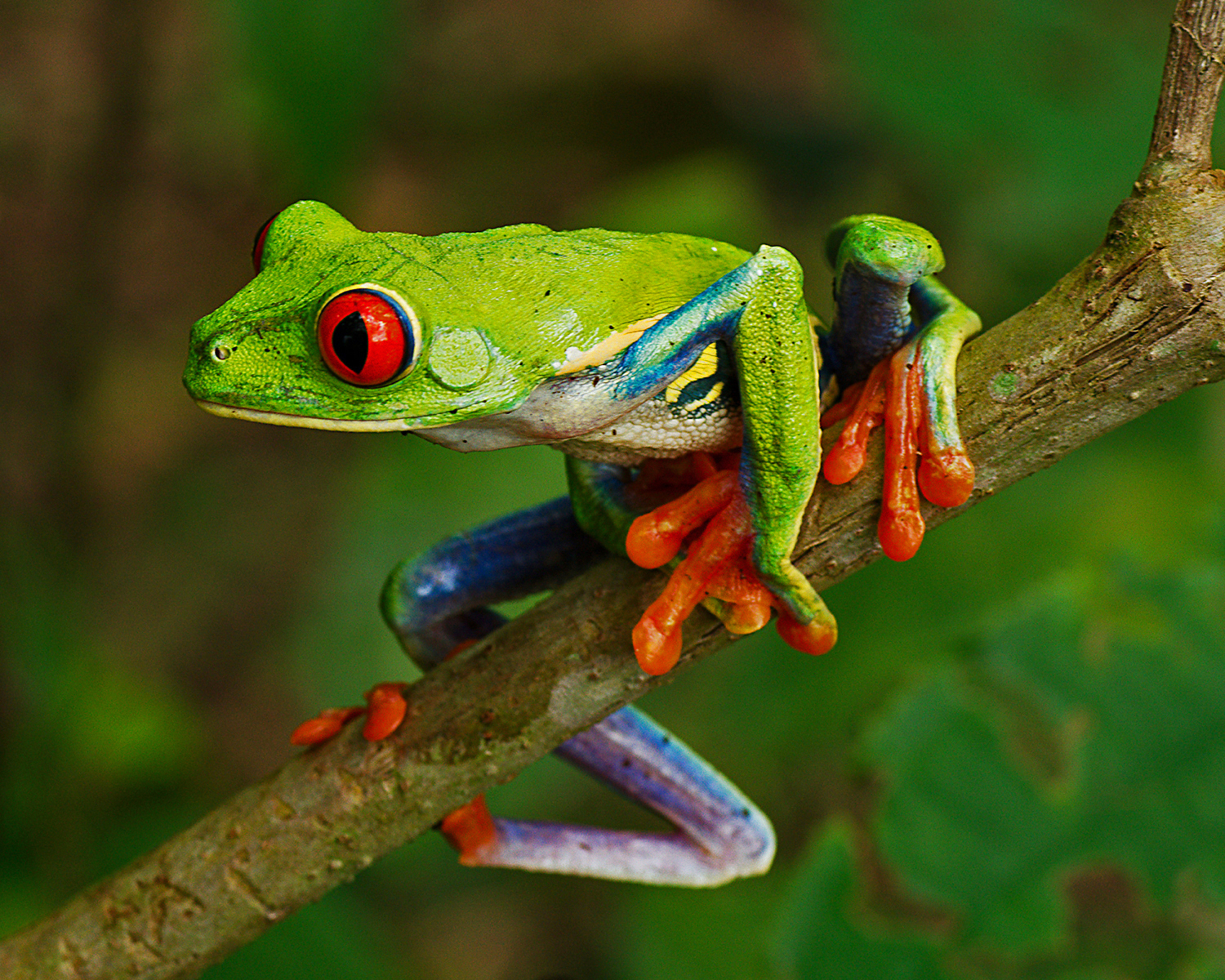
Rivet Refuge. The Frogs of Costa Rica
By Bruce Bradford Jones
Hello Steve,
First off, I would like to thank you for giving me, and so many others, the opportunity to have our photos appear on your website. I found your site some five years ago when I did a Google search for “Leica,” and have been following you ever since. I suppose that makes me a fanboy?
I have had a lifelong fascination with photography, wildlife and the environment. I started out in the ‘50’s with a used Leica iiif which taught me the fundamentals of photography. Film is a demanding master, there is no “click, click, delete, delete.” So,you took your time, thought about lighting, shutter speed, f-stop, composition, and all the factors that make a successful “click.” These learned skills are a help even in the digital age.
For me, in my life I have seen, or used photography in three basic areas. 1) To record events in my personal life that end up in my photo albums., 2) Documenting events that have an impact on society, photojournalism adds the visual effect to the news and can be used to mold our opinion on a particular issue. 3) And finally there, is photography as art. The camera is the brush and the whole world is the canvas. The photographs I will be presenting here will all fall into at least one of these categories.
I lived in Costa Rica many years in the 70’s and 80’s, and now go back to visit just about every year. I enjoy photographing the wildlife found in Costa Rica, and have a passion for photographing the frogs and wildlife of the rainforest. I have a friend in Costa Rica, Mr. Otto Mendez, that shares my passion. Some years ago he cut pathways through the forested sections of his farm so it would be easy to walk through in the night, enabling people to watch and photograph any wild critters that show up
Mr. Mendez is also involved in protecting the waterways, the rivers and streams of Costa Rica. These are so important as they are like highways for wildlife that move up and down their banks. Or, in the case of aquatic wildlife, move up and downstream. And, their health will have a direct effect on the frog population. Unfortunately, the CAFTA (Central American Free Trade Agreement) opened up Costa Rica to the exploitation of its hydroelectric resources.
Dam on the Rio Poco Sol
No matter that Costa Rica already has a large surplus of energy that is sold to their neighbors, investors continued building dams, the damming continued. The result is the degradation of Costa Rica’s environment to the benefit of those same neighbors who don’t build dams. By that same treaty and laws enacted to smooth CAFTA’s implementation, Costa Rica has to buy any and all the energy produced, whether needed or not. In northern Costa Rica, there is at least one dam on every river, and, on many small streams.
River of Stone
By damming a river, a reservoir is created behind the dam, and that water is fed into long tubes, sometimes several kilometers in length. The water then passes through turbines, generating electrical energy. When the reservoir is empty the tube is shut and the reservoir slowly fills up again. Now to understand the problem from an ecological and environmental view, is to realize that NO water flows downstream of the dam while the reservoir is filling up. Downstream you have a “River of Stone” for that time period, and the section of the river between the dam and the downstream turbines is permanently dried up. Aquatic wildlife, fish for example, may need an uninterrupted passage to the upper reaches of the river for breeding. Here in the United States salmon is an example of this behavior. Take away the ability to move to the upper reaches of the river and the species slowly becomes extinct.
A small dam in Ciudad Quesada is a great example of what’s happening. Just two photographs show very graphically what these dams do. Standing on the small road that passes over the top of the dam,we get two contrasting views. Looking upstream, we get a great shot of a free flowing river.
Upstream of a dam on the Rio Platanar in Ciudad Quesada – A beautiful flowing stream
But from the same point, standing on the dam that blocks the free water flow, you see a different picture. Looking downstream you have a totally different view, a view that is offensive to those that see it as they pass over the dam, another “River of Stone.”
Looking downstream from the dam of the same river in Ciudad Quesada
But, how does this effect frogs? Many tropical frogs are different from their North American cousins, while our frogs place their eggs in the water where they develop into tadpoles and then frogs, some tropical tree frogs lay their eggs on the underside of leaves that are overhanging small rivers or streams. When the eggs develop, the tadpoles break out and drop into the water below to continue their development into frogs. But, no water below and all those tiny tadpoles fall to the dry ground and die.
Egg mass with tiny tadpoles ready to drop into the water below.
While Costa Rica has many beautiful frogs, if they had a ‘National Frog’, there is one frog that would be chosen. This frog has appeared on the covers of more magazines, articles and in advertisements than any other frog in the world. And, that is the Red-eyed Tree frog – Agalychnis callidryas. Slow walking, it has a presence as if it knows it’s a star, and is not above posing for the patient photographer.
Red-eyed Tree Frog – Agalychnis callidryas
When taking photographs of the Costa Rican wildlife, I use three cameras, a Pentax K3, an Olympus OM-D EM-5 and a Sony NEX-7. I don’t have favorites as I look at them as tools to accomplish a certain function. As Steve said recently, “because today almost ALL serious camera systems are fantastic and can in reality, do anything we need to do.” When the weather is bad I grab the Pentax because of its great waterproofing. When there are no weather constraints I’ll grab the Oly or Sony. If, because of the distance to the subject, I am going to do some cropping, I’ll use the Sony with its 24MP sensor. And, for just general use I’ll choose the Oly M5 because, for me, it’s responsive, feels good in my hands and I have a good selection of Olympus lenses.
Walking Red-eyed Tree frog
While the Red-eyed Tree frog is the star of the Costa Rican frog world, there are other very colorful frogs that can be seen if you have patience. And, if you are going to photograph wildlife, patience is the key. If you aren’t willing to sit in the rain or sun, uncomfortable, perhaps wishing for a cold one, you probably won’t get that great photo you’ve been wanting and have spent a lot of time and money to have a chance to take.
Hourglass Tree frog – Dendropsophus) ebraccus
There are several other frogs that a relatively common in northern Costa Rica where I’ve taken these pictures. The Hourglass Tree-frog, which has a pattern on its back that sort of looks like an hourglass is often seen in the rainy season. In the San Carlos region, the rainy season starts in June and ends in early January. This is seven months of prime frog watching. At the start of the rainy season look for the Hourglass Tree frog when it comes down from the tops of the trees to breed.
This tree frog is actually rather unique as it lays its eggs either on the underside of a leaf, or, in the water. It prefers to lay its eggs on leaves, but if there is little shade and no convenient leaves overhanging water it will lay its eggs in the water, attached to underwater vegetation. Once the tadpoles hatch, this same vegetation will provide both hiding places and an area where food sources can be found.
Peeking Hourglass Tree frog
Another commonly found frog is a tiny little killer. It’s the the “Blue Jean” frog, more properly known as the Strawberry Poison Dart Frog – Oophaga pumillo. This little killer comes in some twenty different colonizations – known as ‘morphs’. In north-central Costa Rica the Blue Jean morph is the most common. Because just it’s legs are blue while the rest of its body is brilliant red, it got the name ‘Blue Jean’ frog. Quite small,only about an inch long, it is quite active and you need a high ISO and a fast shutter speed to get a good photograph.
Blue Jeans Poison Dart Frog – Oophaga pumillo
All the Poison Dart Frogs are poisonous and are used by indigenous peoples of South America to to poison their arrows and darts. The most toxic can kill a human with very small amounts of their poison. The poison, a secretion that comes out of their skin, is taken in by anything that bites it. They seem to use their bright coloration to warn predators to stay away, eat and die.
Blue Jean Dart Frog
The Green and Black Poison Dart Frog is the other poisonous frog found in the area, but is more commonly found in the humid lowlands. This frog has more than enough poison to kill an adult. Several years ago I needed to handle one while it was being moved to a new location. The day was quite hot and humid. I had a fair amount of perspiration on my forehead shortly after I handled the frog. So, I wiped my forehead with the same hand that I used to hold the frog. Within two minutes I had the most intense, painful headache of my life. I learned, now I wash my hands immediately after touching or handling any of these frogs.
Green & Black Poison Dart Frog – Dendrobates auratus
These frogs are sold in the pet trade in the United States and are said to be easy to keep if given the proper environmental conditions. Interestingly it was found that all the Poison Dart Frogs lose their toxicity in captivity. It is now believed that the bugs in their diet in the wild are the building blocks for their poison. No bugs,no poison.
Green and Black Dart Frog
Another frog that’s a joy to shoot is the Glass Frog. While there are many species in their genus, the one I seem to run into the most is the Fleischmann’s Glass Frog. Small, about an inch long, these little actors can be hard to find. But, listening to them at night, you know that you are surrounded by them. Their ‘rivet, rivet’ comes from all directions but, nothing. Problem was, at first I was looking up in the bushes are around me and not finding anything. But, when I looked down, about two to three feet off the ground, I finally found them.
Fleischmann’s Glass Frog – Hyalinobatrachium fleischmanni
Non-poisonous, they use their green color as camouflage. The skin on their stomach is very thin, and you can see the outline of their internal organs. For me, their eyes are what sets them apart. White with black flakes and a black iris, sometimes it looks like the leaf they’re on has eyes, weird…
Glass Frog
One other treefrog that is seen on a regular basis is the Masked Tree frog A large frog with the ability to leap over three feet when frightened. It is somewhat shy, and is suspicious of any movement near it.
Masked Tree Frog – Smilisca phaeota
For many of these frogs, especially the true tree frogs, the best time to locate them is in the early evening when they first wake up. It seems that in the early evening there is an initial burst of activity and then they settle down for their regular activities. However, with patience all night long can be productive and your patience may reward you with great shots.
Another Masked Tree Frog
But it is not just frogs, there is a wide variety of wildlife you can see, both in the day and at night. Near streams the Emerald Basilisk – Basiliscus plumifrons, is often seen, and as you move close to it, you may learn why it is often called the ‘Jesus’ Lizard. Typically it can be found in low hanging branches extended over a stream or river. At the first hint of danger it will drop down to the water and run across the surface three or four meters or until t reaches the bank on the other side, safely out of danger. Because it is light, has thin long toes on its back feet, and runs really fast it can support itself with just the resistance of the water tension. I am still trying for a picture of one running on the water, no luck yet.
Emerald Basilisk – Basiliscus plumifrons
And a more formal portrait of a juvenile basilisk confident that I couldn’t get to him.
Juvenile Emerald Basilisk
And, there is a wide variety of wildlife to see and photograph with time and patience, and it pays to be alert and aware of your surroundings. There are more than just poisonous frogs in the forest. There are venomous snakes, rarely seen, but they are there. Fortunately they want to see you about as much as you want to see them. The Eyelash Viper is one that coffee pickers see on occasion. Elderly adults and children fell to its venom before anti-venom was developed.
Eyelash Viper
As I said at the beginning, photographs can be used for memories in a photo album, as a visual aid in a news article or to support or reject a position on an issue, or as an expression of art. In this short article many of the photo could end up in my photo album, several of them might be considered for a wildlife art exhibition, and some could be used, in conjunction with the proper data, for documents that support legislation against more hydroelectric projects on tropical rivers. So yes, photography is a powerful tool with many, uses.
If you are going to Costa Rica, or are in Costa Rico and would like to see the frogs and wildlife on Otto Mendez’s farm and experience what one person can do with his love for the land and its inhabitants, you can contact him at:
I’ve spoken with Mr. Mendez, he enjoys visitors and would look forward to meeting you and showing you his “Rivet Refuge.”

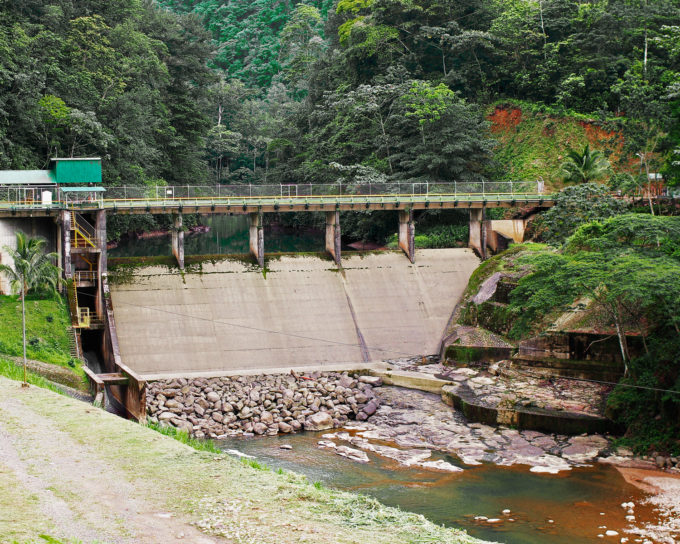
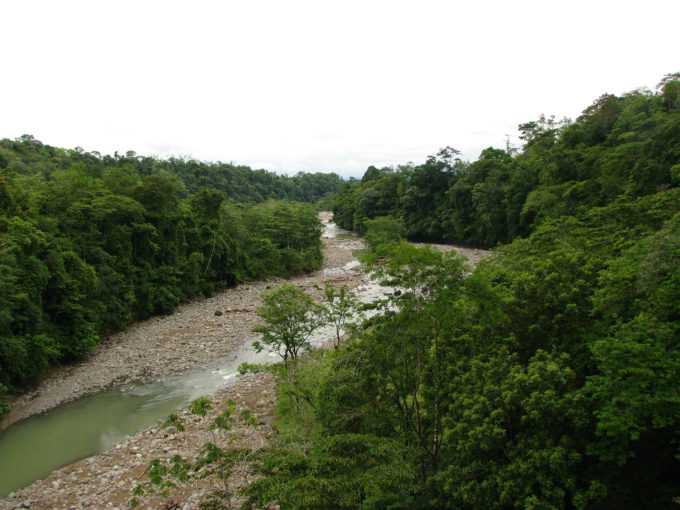
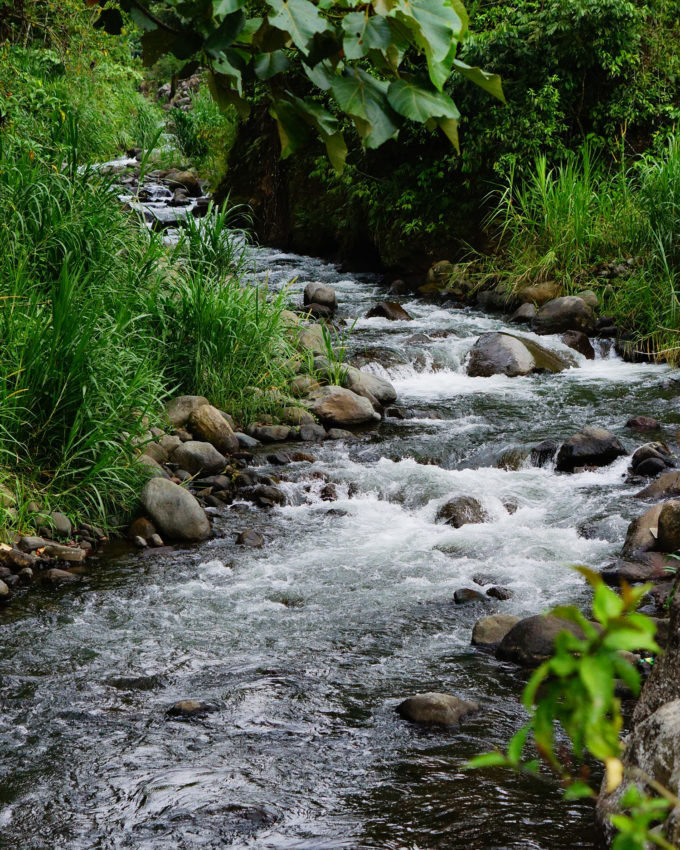
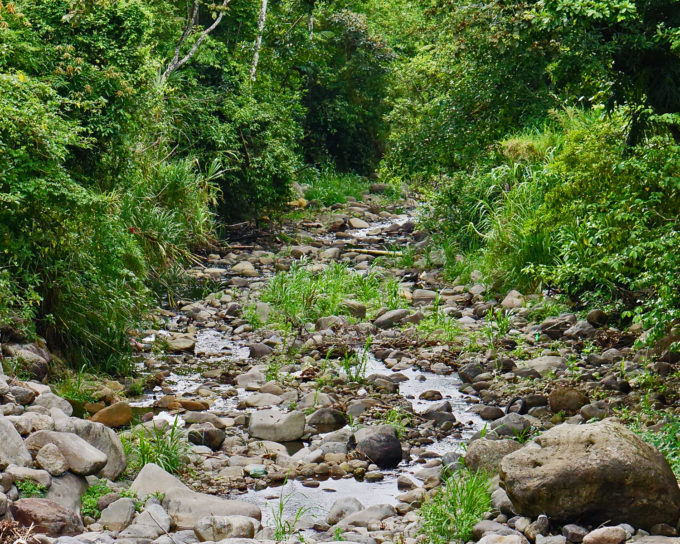
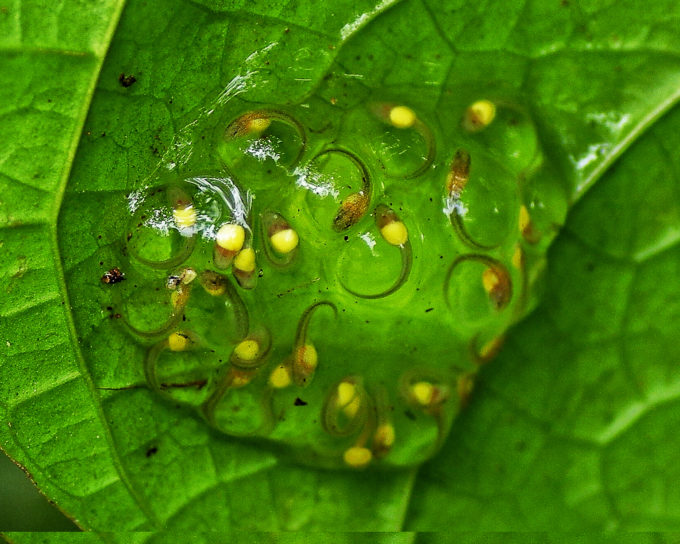
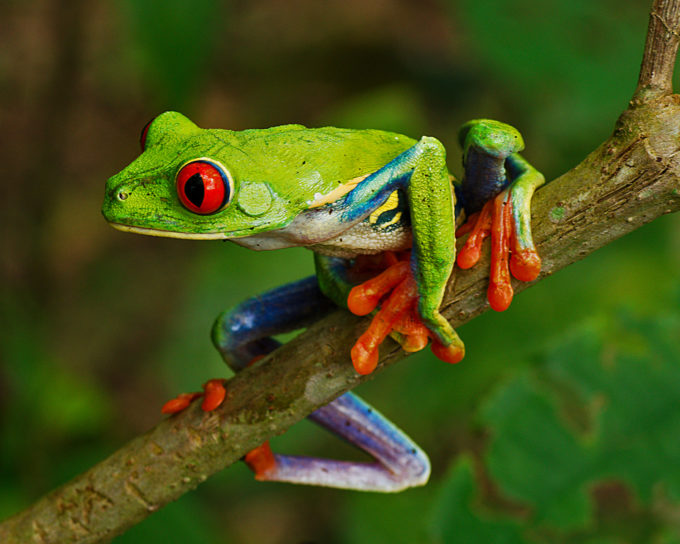
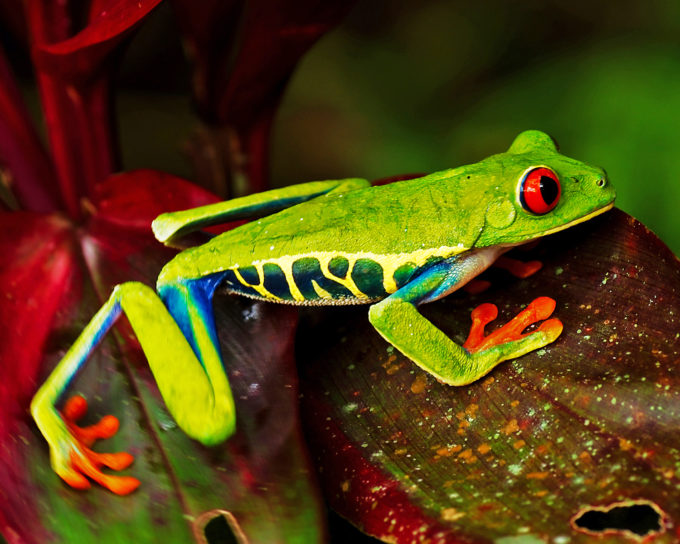
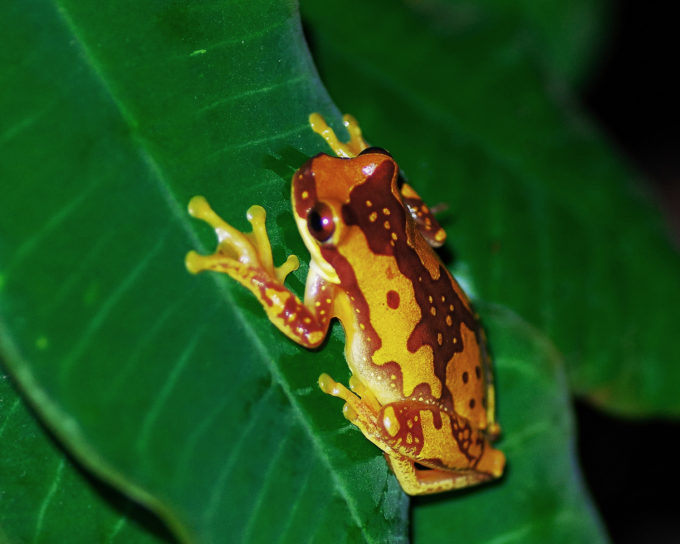
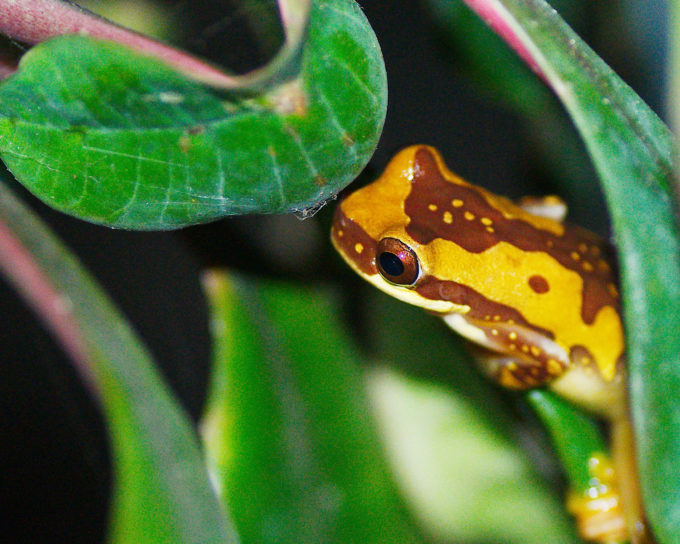
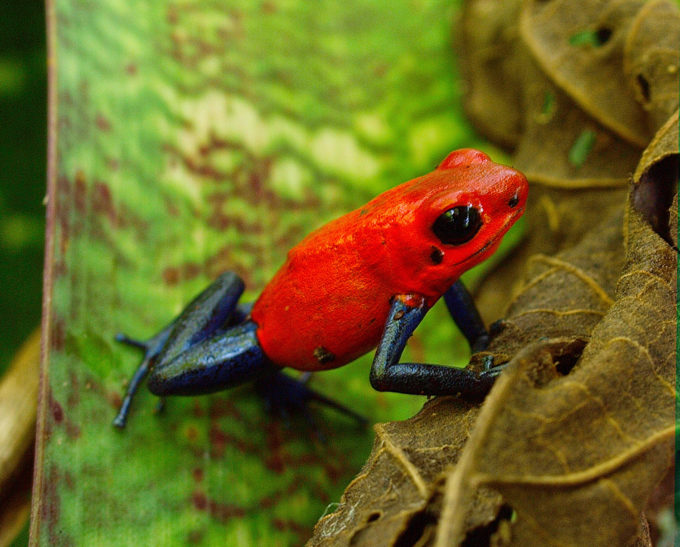
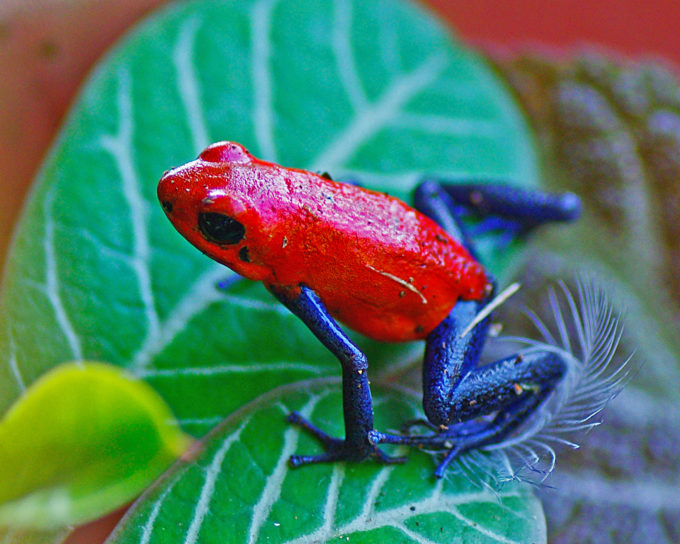
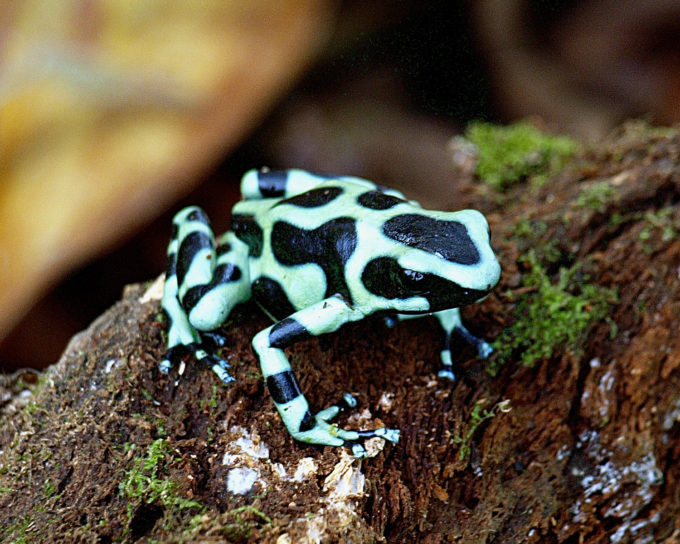
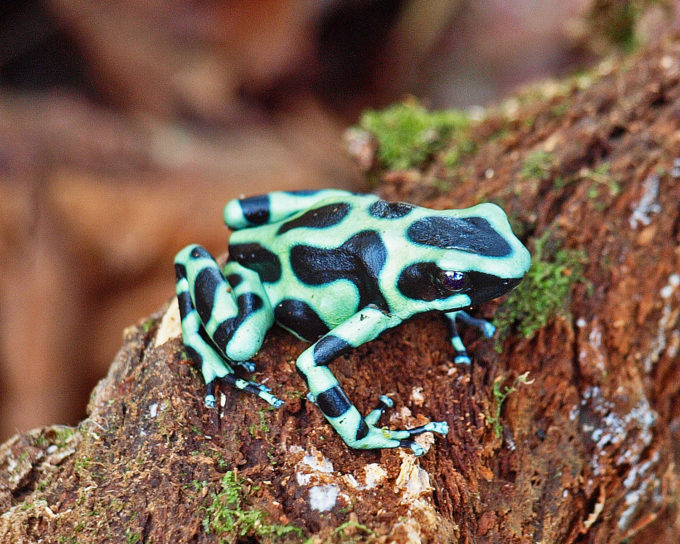
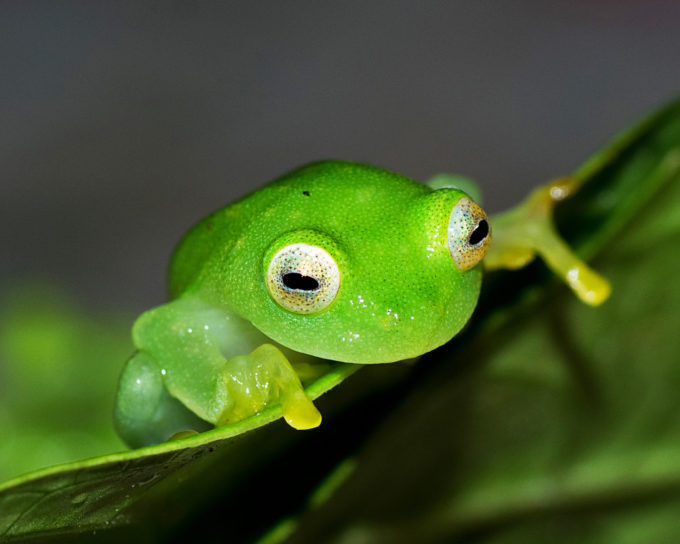
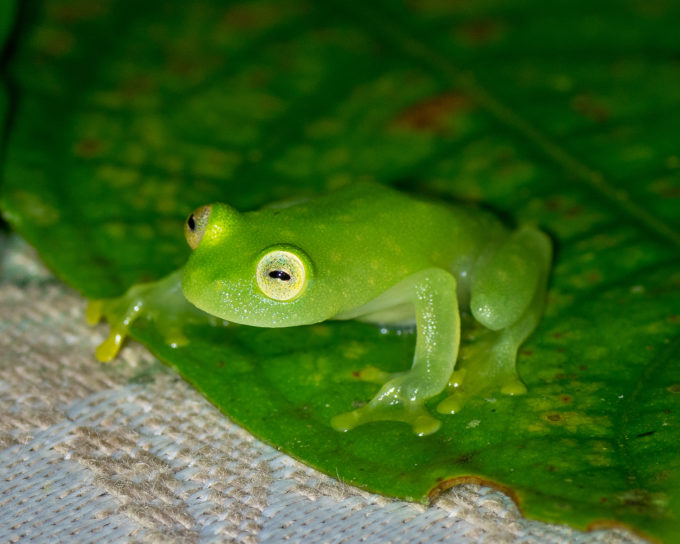
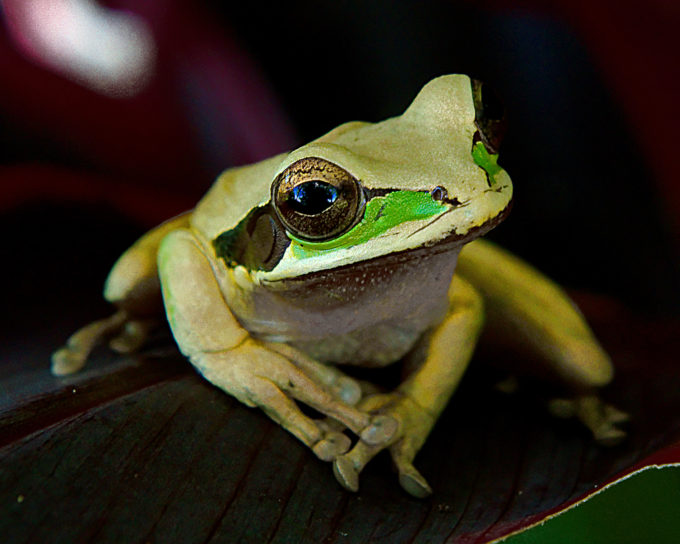
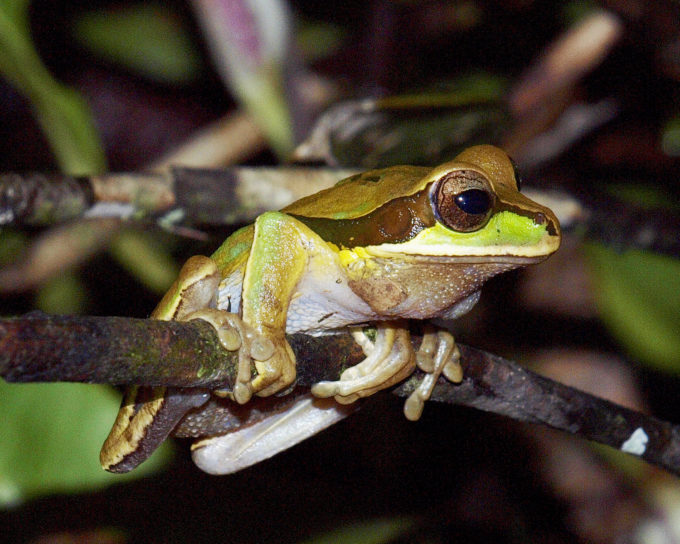
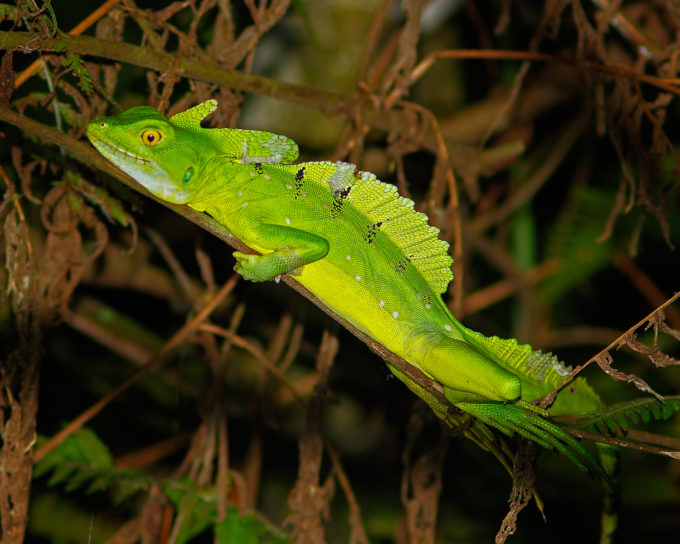
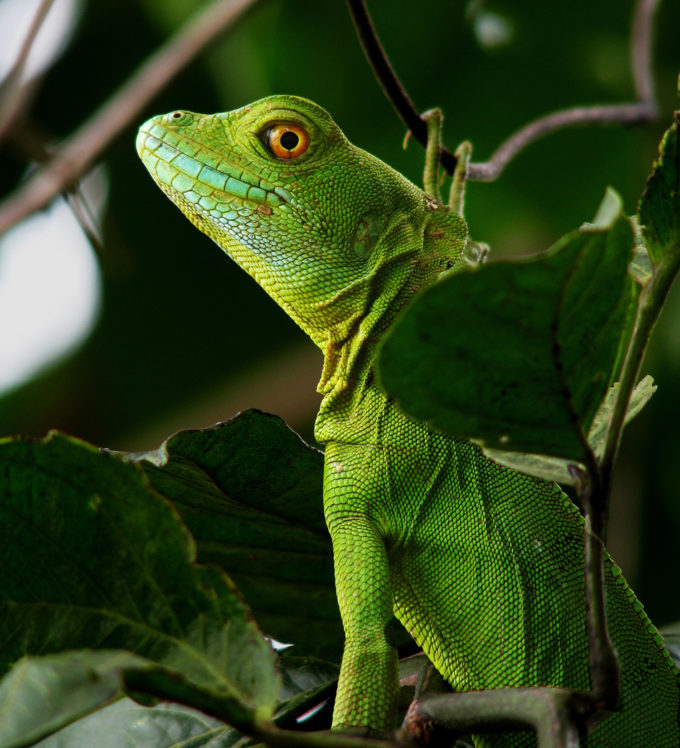
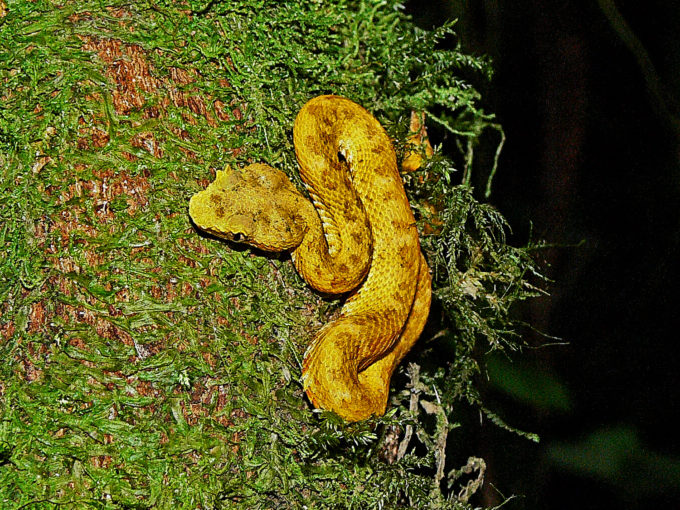

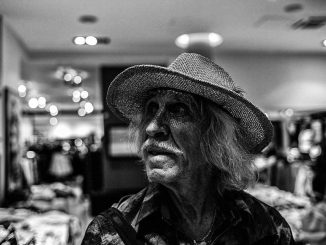
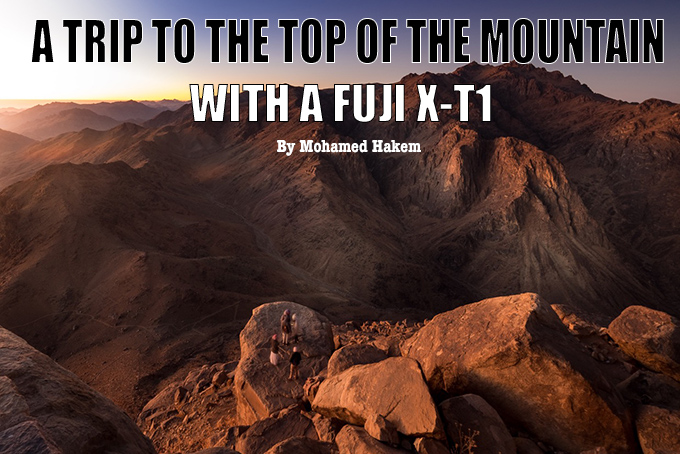

Thank you Ray, yes you need to return. A lot has changed since 1911, and Costa Rica has not been hit as hard with the chytrid fungus like Panama. (See: http://www.savethefrogs.com for more information on this fungus and other threats to amphibians.) It would be great to see you down there!
Well done Bruce. Great narrative and photos to match. Makes me yearn for a return to CR.
If you have a specific question about a technical issue not of general interest, I can be reached at:
brucejones377@yahoo.com
Hi Jacky, most of these animals are shy, wary of being eaten, so you want to keep as much distance from them as possible. Most of the time I’m using lenses in the f2.8-f3.5 and 90-200mm range, Most of these animals are nocturnal so you will want a fast lens. How do I know what focal length to use? Here is what I do. During the day I get an object about the same shape/size of the animal(s) I want to photograph. I take the lens I hope to use and I focus on the object so when in focus it fills about 3/4th of the viewfinder. Then I look and see how far away I am. For me, I like to be from about 2ft to just under 4ft. With my Pentax K3 and my FA 135mm f2.8 lens, it works out to 22-26 inches. Sometimes it’s too close for me, but workable. For my Olympus M43 (my favorite), I use older manual OM lenses with either a 10mm or 26mm extension tube. A 135mm f3.5 with a 10mm tube gets me about 30″ from the subject, and a 200mm f4 with 26mm tube puts me about 40″ away. But remember, a lot depends on the animal, a glass frog will let you get less than a foot away before it jumps away. Others are comfortable in the 2 to 3 foot range. Lizards, small mammals, and birds require much greater distances if you don’t have a blind and/or camouflage. Keep in mind there’s no magic lens, most longer focal length (short telephoto) lenses will work, faster is better, and decent resolution is a must. My favorite set up? The Oly M5 with the OM 135mm lens and extension tubes – when appropriate. It’s small, light and easy to use for long periods of time. Like the Energizer bunny, it just keeps going and going, even in the worst of tropical weather. Do try and get the best glass you can, camera bodies come and go, but good glass can last forever. I plan to buy an Olympus OM-D E-M1 Mark II this fall. Between it and Oly glass I think I’ll have an ideal kit for wildlife photography.
My bad. I was suffered by heat today, and I misunderstood that your picture appeared in National Geographic. Sorry for confusion. Unfortunately, I can’t fix my post here.
Dear Bruce, I didn’t know your pictures appeared in National Geographic, but I thought they certainly qualify to be in. It also hurt me badly that Costa Rica rivers are ruined by those damn dams. Sometimes smaller, weaker countries had to do dirty jobs. Thank you for your reply, though. I would expect more work from you in this site later with great pleasure.
wonderful photos – just wondering what lenses you prefer for shooting small critters?
“Correction, with 30 dams in an area less than 80 miles wide, I made a mistake. The photograph of the dam is NOT the dam on the Rio Poco Sol, this is one of the three dams on the Rio San Lorenzo.”
It is a long time since I have being here. What a great post. Congratulions. I love Tropical forests.
Thank you! I think that some of the finest wildlife photos have appeared in National Geographic so to have my photos mentioned in the context of National Geographic is a great compliment, so again, thank you!
I’ve been asked where exactly I have taken these wildlife photos. They were taken on the farm of Sr. Otto Mendez,, just outside the small town of La Tigra de San Carlos. La Tigra is about 18 miles (25km) southeast of La Fortuna. La Fortuna is a popular stop for those who come to see Volcan Arenal. The volcano had been active for almost 50 years before it ceased activity in 2010.
National Geographic pages well presented! Beautiful images as well.
Thank you Yash, very kind words. I think perhaps the words can be as important as the images. I think perhaps that I am, in a way, through words and images, trying to defend the defenseless. To say “look with awe and respect at these wonderful little animals and enjoy their beauty, their uniqueness, and help protect them”.
Hi Simon, I think Steve’s site is all about motivating us to be better photographers, and giving us tools to assist us on our journey. And, for me, the journey, while at times stressful, irritating, or tiring, is the great adventure of life.
You are most welcome!
Hi, not just Costa Rica, and not just frogs. It’s tropical rainforests worldwide, and all the flora and fauna. Many life-saving drugs have come from our forests and oceans. But, from what I’ve seen and heard, the pharmaceutical companies often have a benign presence, they know what butters their bread, and don’t kill the goose with golden egg…
Thank you for your remarks, they act to help motivate me to continue on!
Thank you for your kind remarks
Hi Andrew, No flash, it seems so artificial and the light is very, very hard on their eyes. I use an Olight M20 tactical flashlight, it uses one 18650 3.7v li-ion battery and has an output of about 500 lumens. If I’m far away (4-6ft.) I’ll hold the flashlight in my left hand along with the left side of the camera. Or, on occasion I’ll hold it in my mouth (tastes horrible…). If I’m closer to the critter I will ask a person with me, generally Otto Mendez, to hold it while I get closer. That way the light doesn’t bother the frog. I have color balance set to ‘Auto’ and I shoot RAW. So far I haven’t had any problems. Generally I’ll have ISO between 400 to 800, the aperture wide open, and the shutter speed as fast as possible. To control camera shake I use a Manfrotto monopod.
Spectacular shots Bruce! Well done and thank you for sharing!
And thank you Steve for posting this article on your site.
Great work!
As a birdwatcher I am well aware of the fabulous wildlife of Costa Rica.
However I was not as aware as I should have been of the extraordinary amphibians that inhabit this wonderful country .
Thanks for a superb write up accompanied by great photos .
One of the most informative, interesting, and beautiful posts I’ve seen on this site. Thank you for showing us part of nature most of us will only see through photographs like yours.
Am I reading the National Geographic? What a great article, well written and accompanied with marvellous photographs. I saved it, to be able to read again, and again. AND, as a warning for the poisoned frogs!
(It’s a disgrace, but understandable, that investigators from the chemical/pharmaceutical industries from all over the world, running around the Costa Rican Rain Forests, to catch the little critters and try to make medicines out of them.)
Fantastic article ! Thank you very much !!!
Great images!! I like the concept of the best tool for the job and that you know the different strengths of your cameras and play to their strengths…Thanks for sharing this.
Thanks for bringing these brilliant little creature to us.
Absolutely brilliant! Wonderful theme and narrative. Really informative. And some terrific photographs in a portfolio that was built over time, with love and dedication. Great stuff.
Fantastic writing, photos and animals. Thank you very much!
Lovely photos and a very informative article.
I suppose this is how you do street photography with frogs! Absolutely brilliant and a very special experience for those of us who stick to ordinary streets!
It is amazing that nature creates such colorful frogs. Truly wonderful.
Very informative and very good and colourful pictures. Thanks for sharing.
Beautiful photographs. I went to Costa Rica about ten years ago and had a great time. I would love to go again and photograph the wildlife.
Did you use flash for some of those? They look incredibly well lit.